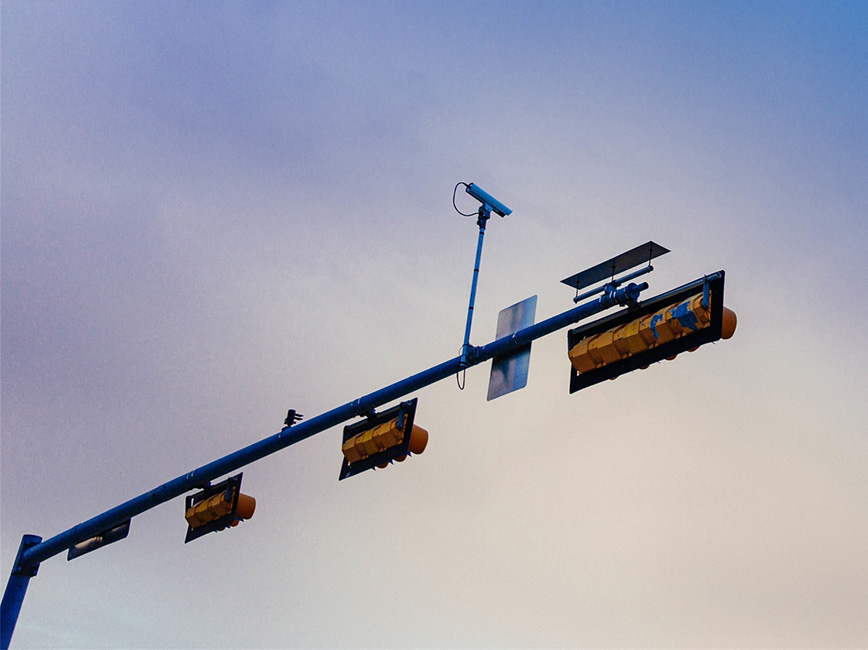Traffic safety camera pilot features and goals
We tell you about the features and goals of the traffic safety camera pilot.
Key pilot features
Enforcement
- A warning is issued for the first offense.
- Vehicle owners are not liable if their car was stolen or if they were not driving at the time of the violation.
Privacy
- Cameras can only capture a picture of the vehicle’s back license plate. They are not allowed to take pictures of people.
- Cameras can only be used for traffic enforcement.
Program revenue
- The goal of the program’s design is to reduce unsafe behavior, not to generate revenue.
- Any revenue generated by the program must be spent on traffic safety improvements.
Oversight
- A Minneapolis traffic control agent will verify all potential violations.
- The program will be independently evaluated to inform whether it continues after the pilot.
- Yearly data including number of citations, costs, and revenues will be publicly reported.


